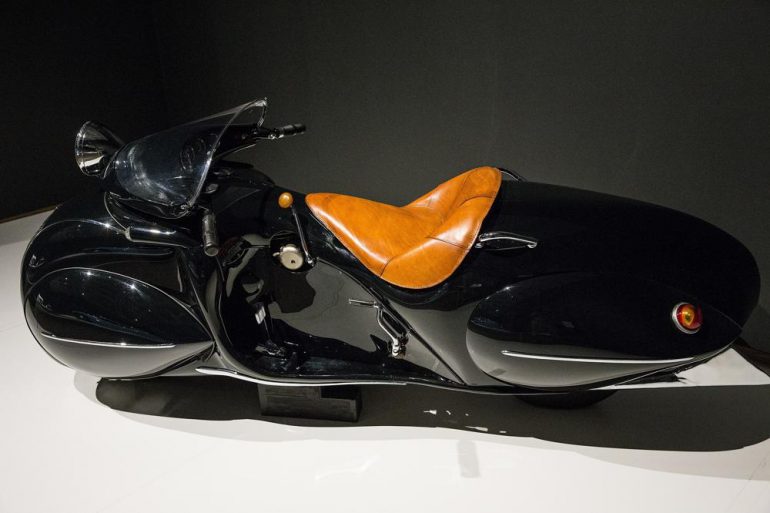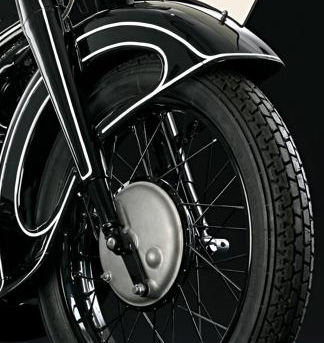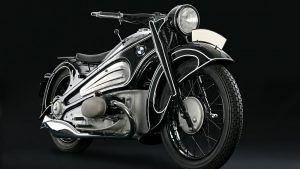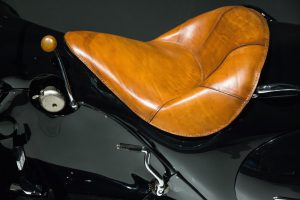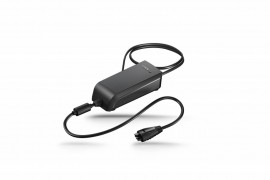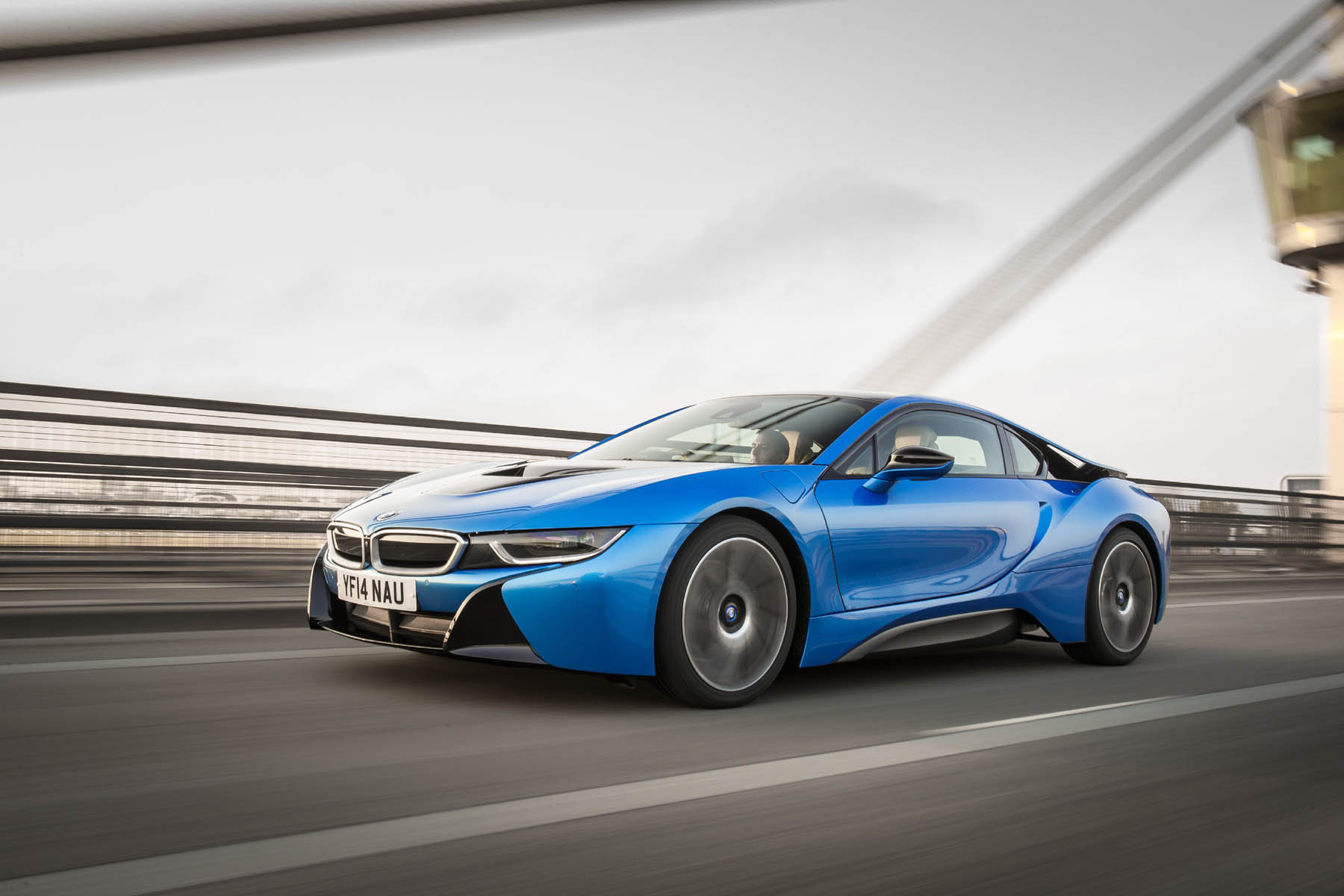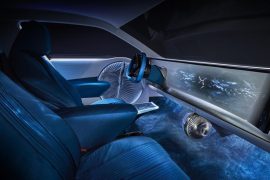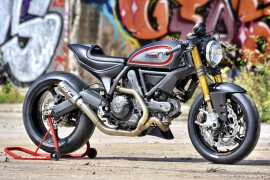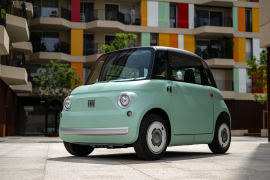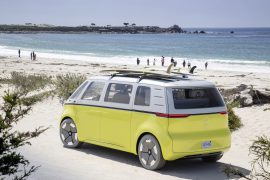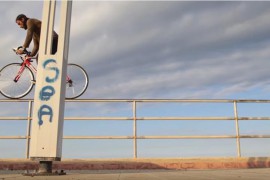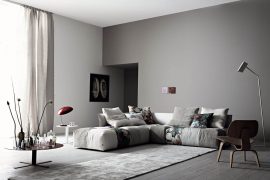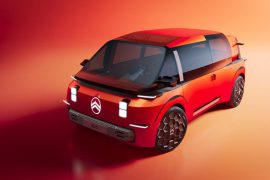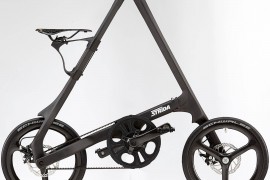MOTORCYCLE: The BMW R 7 and the Henderson KJ Streamline. Two bikes from the Art Deco era and yet completely different!
1934 was the time of Art Déco and the design of the engineer Alfred Böning also followed these ideas. A design that was called Stromliniendesign at the time and was strongly represented in the automotive sector. The boxer engine, newly designed by Leonhard Ischinger, had 793 cm³ and 34 hp. The engine, also known as 205/1, had overhead valves and was installed long ago.
Not to forget that the cylinder and cylinder head of the four-stroke engine in the prototype were
was cast in one piece. The idea behind this: It was intended to bypass the susceptible head gasket. The engine was hand-shifted. A feature that is no longer known today. The factory decided against officially building the BMW R 7 and gave priority to the sportier R5.
But what would have become of the R 7? Would it have had what it took to become a classic?
The Henderson KJ Streamline from 1930 has a completely different Art Deco design. The Henderson Motorcycle Company was founded in 1911 by William G. Henderson and his brother Thomas W. in Detroit. The company produced motorbikes until 1931, and with the KJ Streamline they went down a design path that was also quite unusual at the time. Bloated and futuristic, the Henderson KJ Streamline looked quite unusual even in the Art Deco era. The motorbike was manufactured from 1929 to 1931.
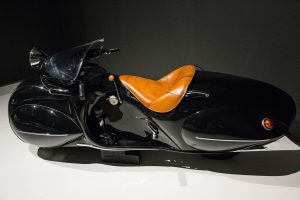
With a power of about 40 hp, a speed of 110 km/h and a weight of 235 kg, the ride was certainly a very special experience. Nowadays, the design of the Henderson may seem strange, but on the other hand, the bike of that time looks like a work of art, like a sculpture. And one thing has to be said: the rounded shapes have a lot of charm!
virtualdesignmagazine Michael Hiller

